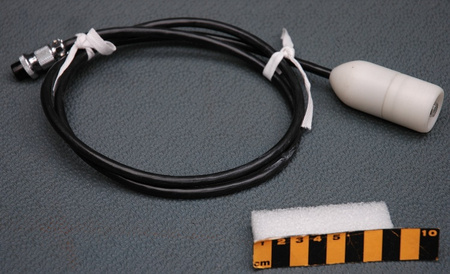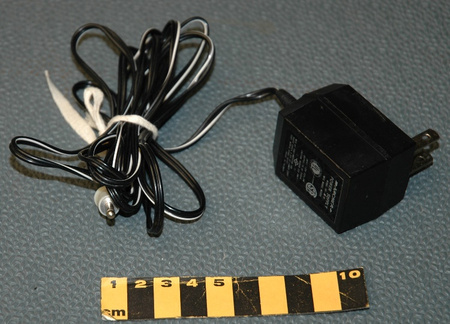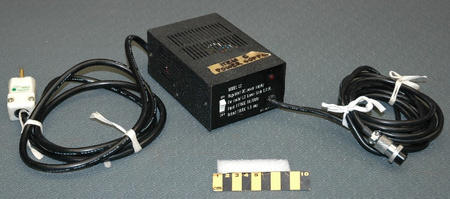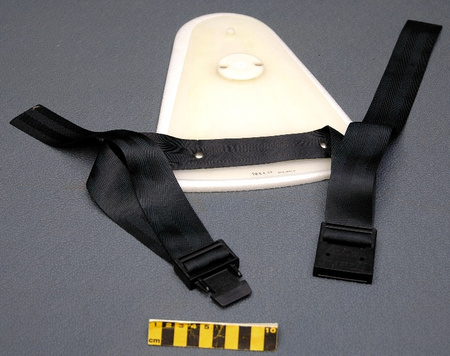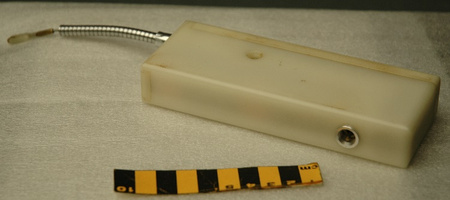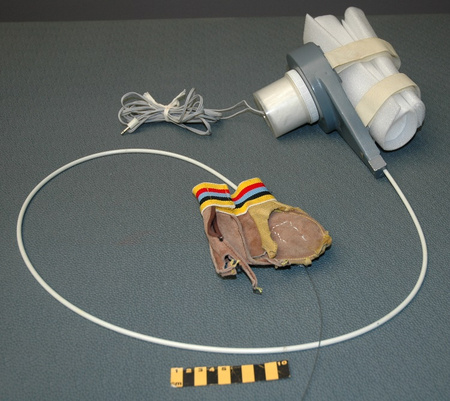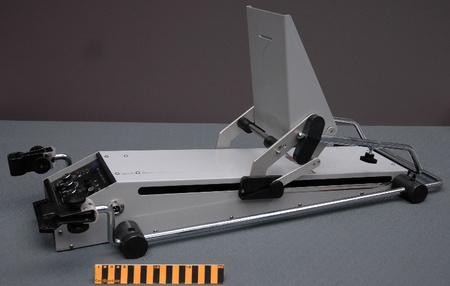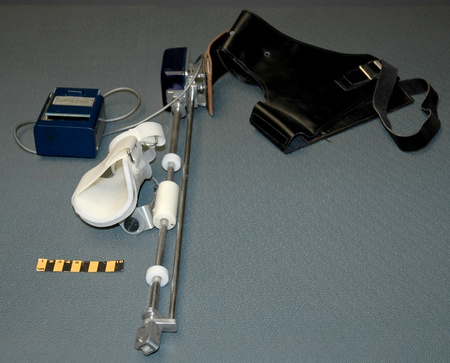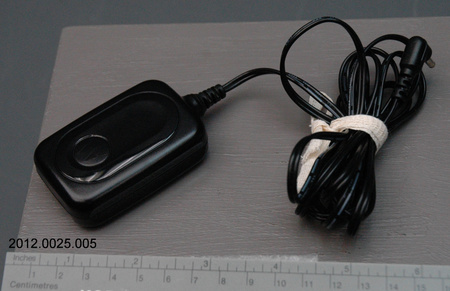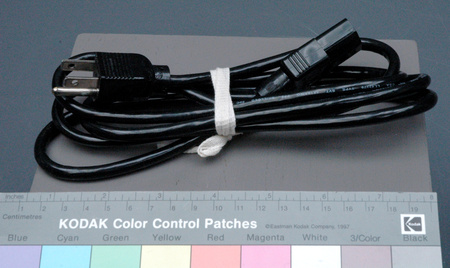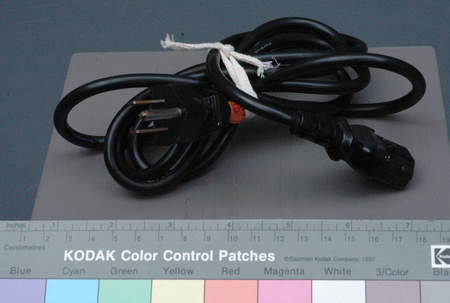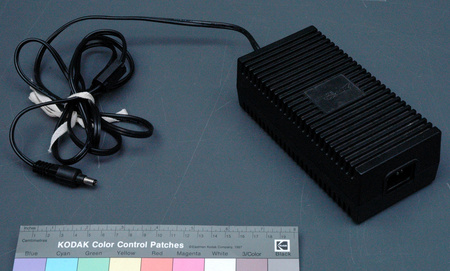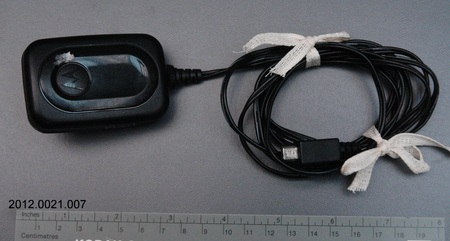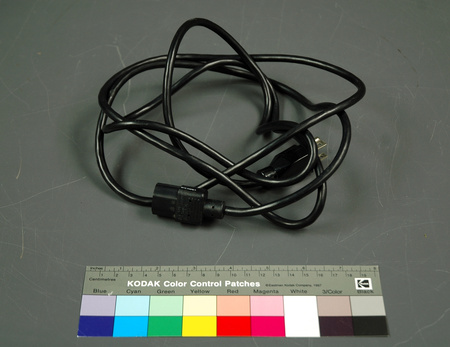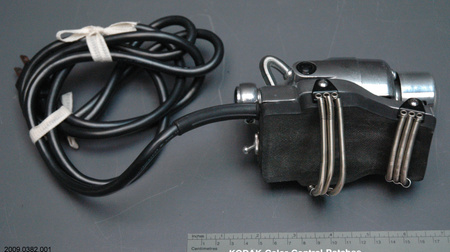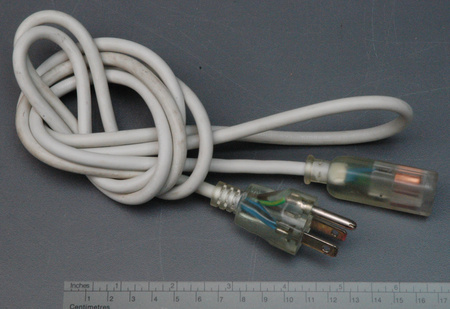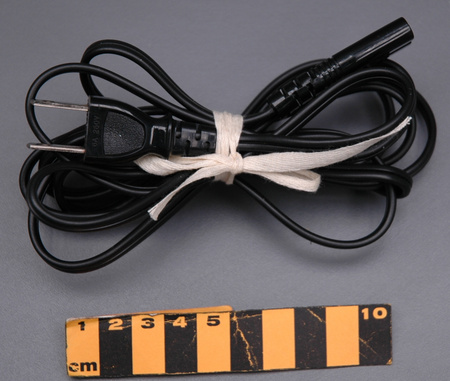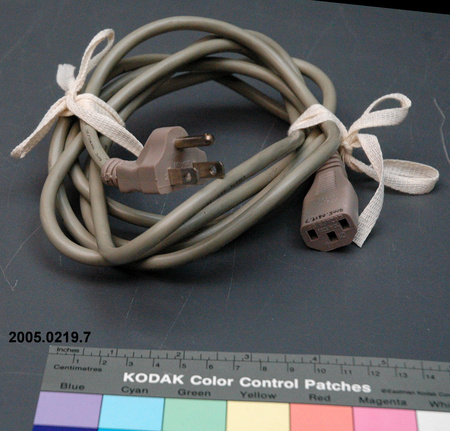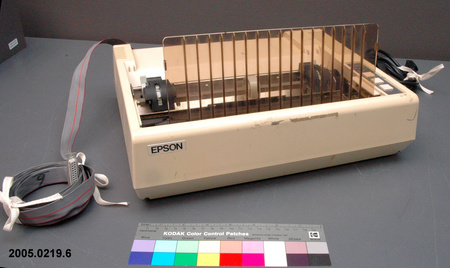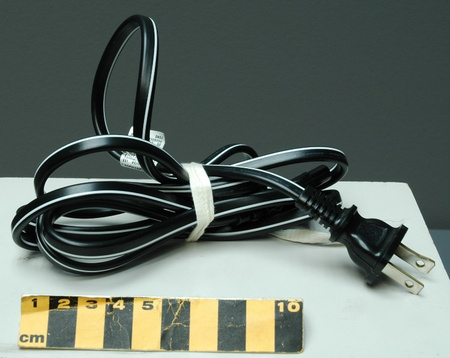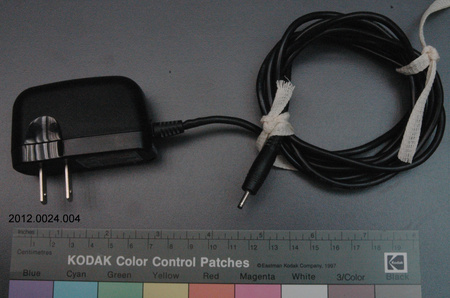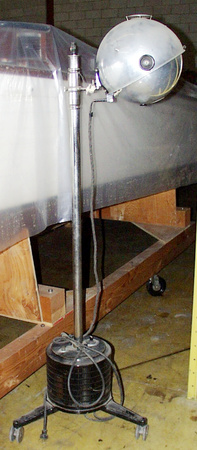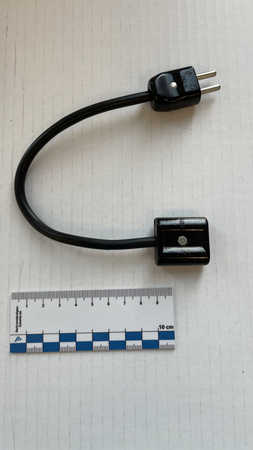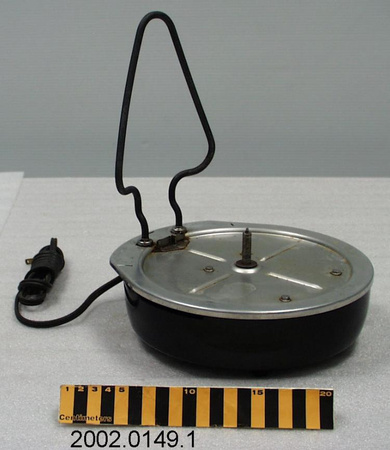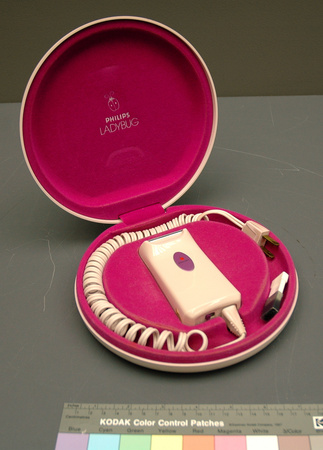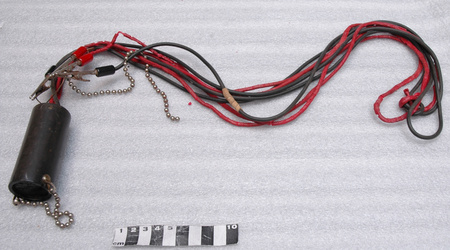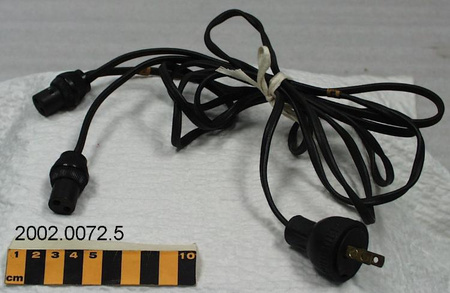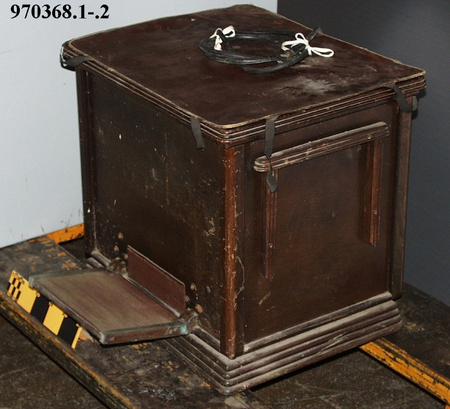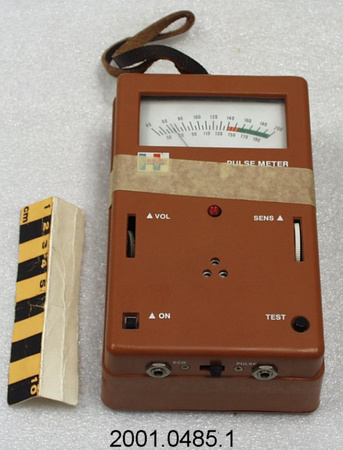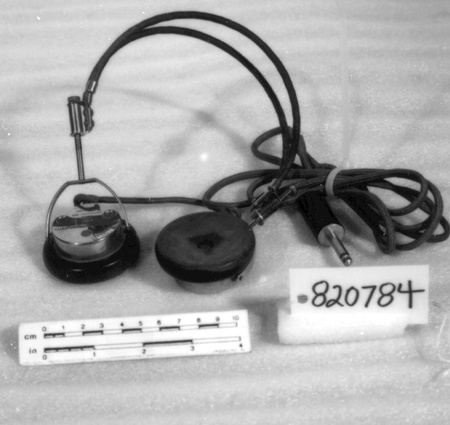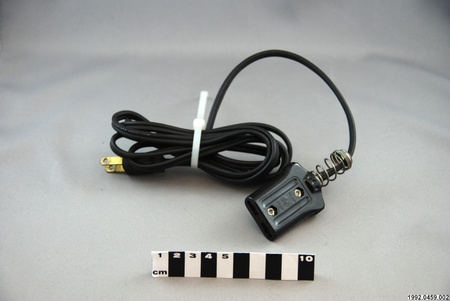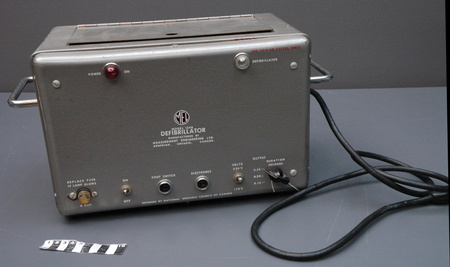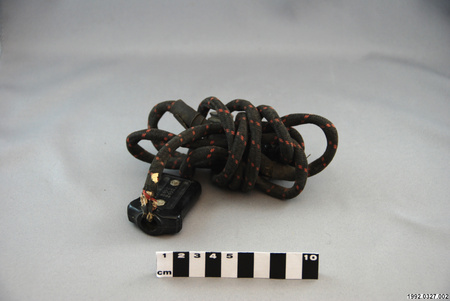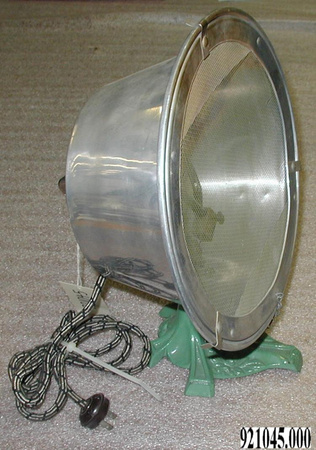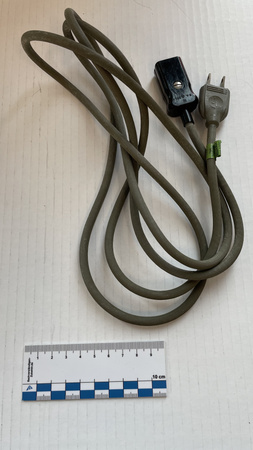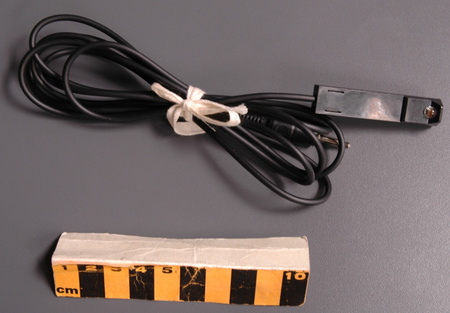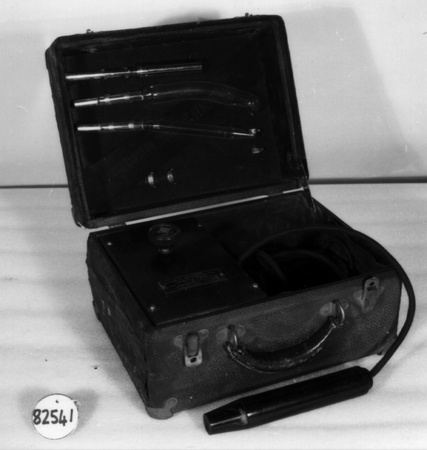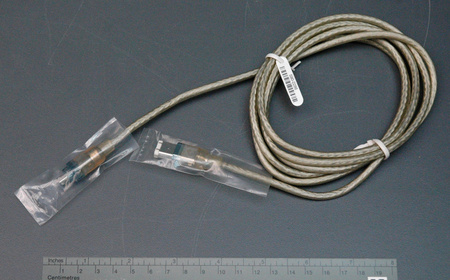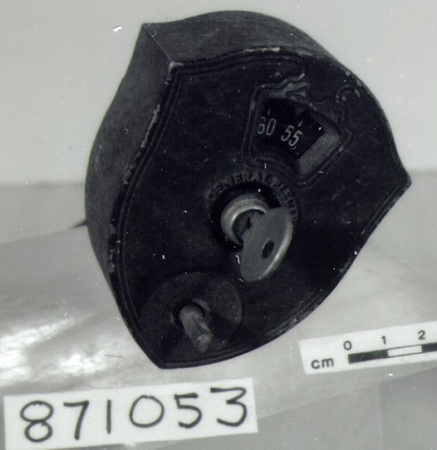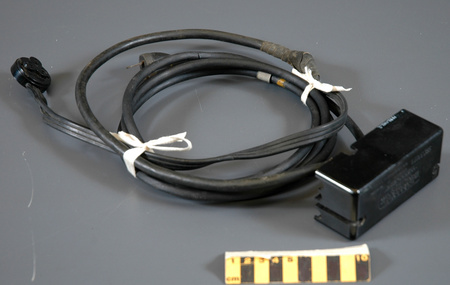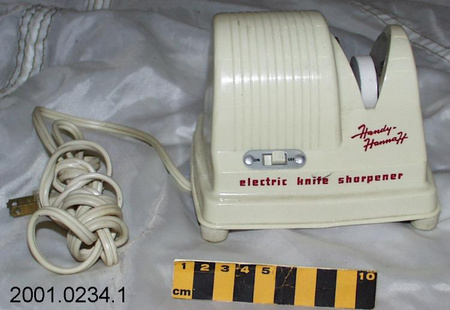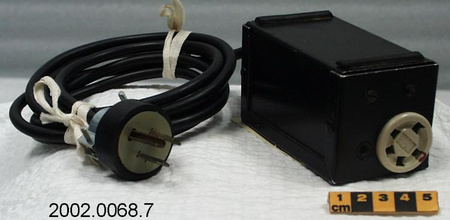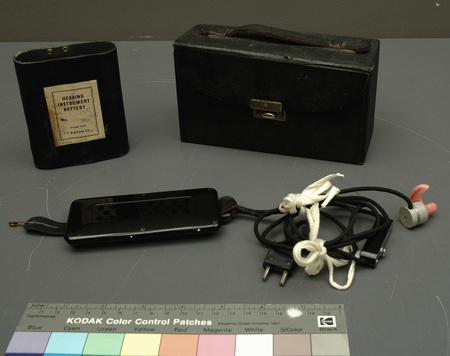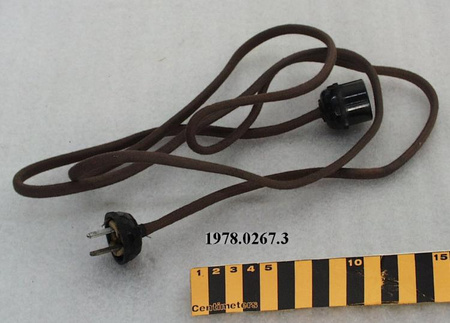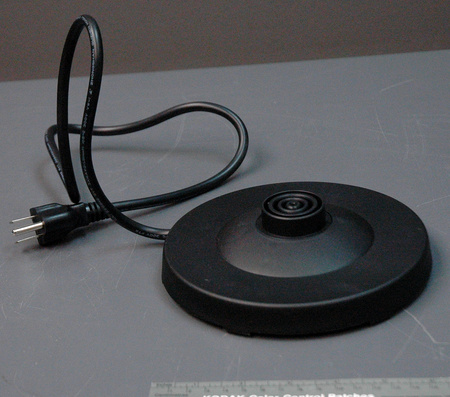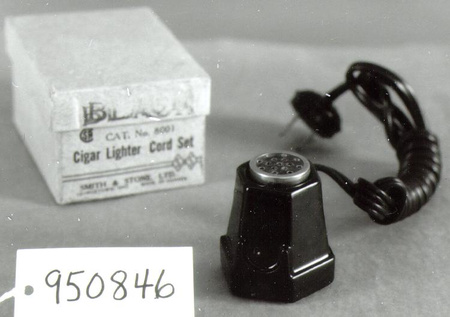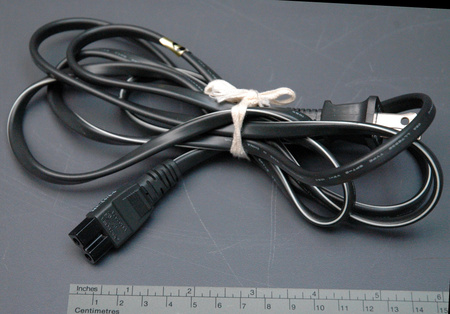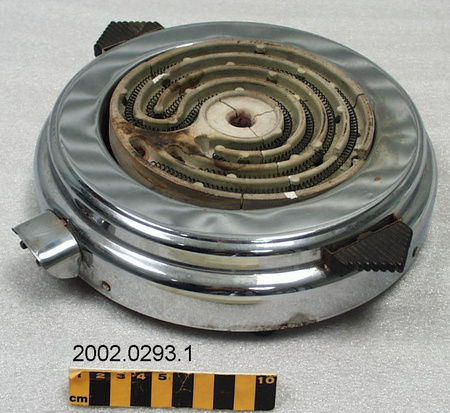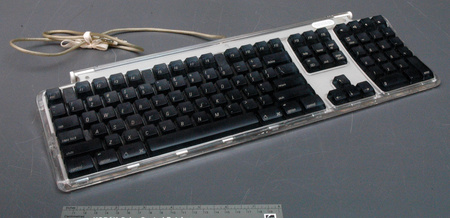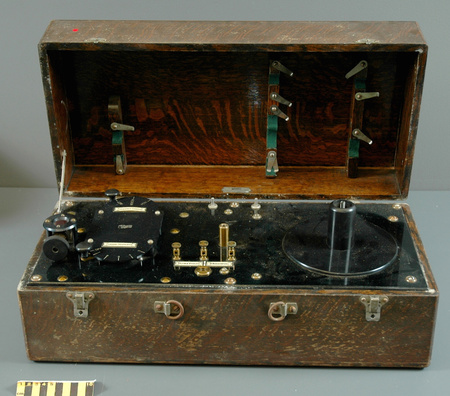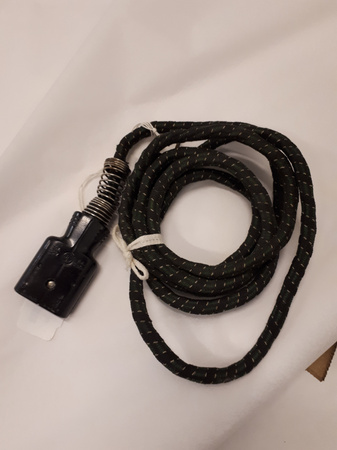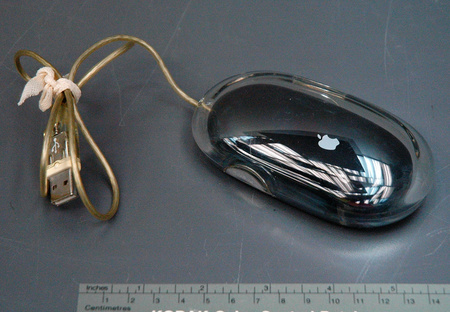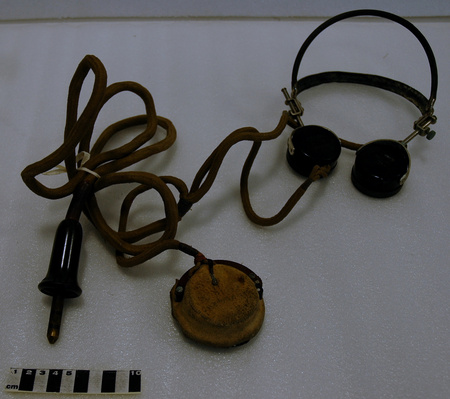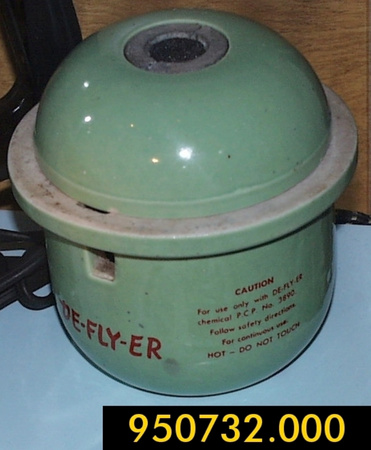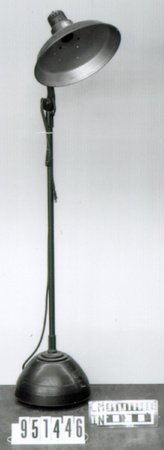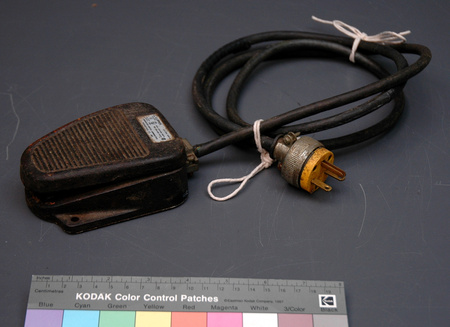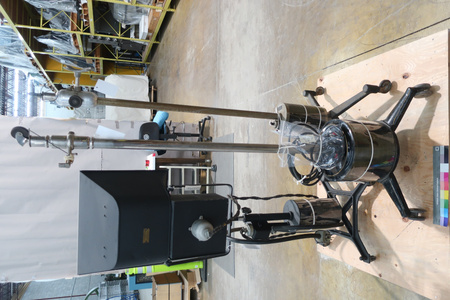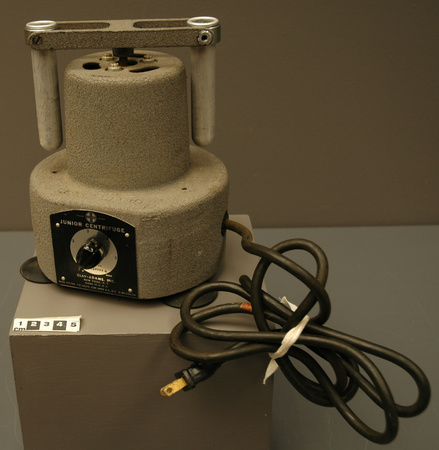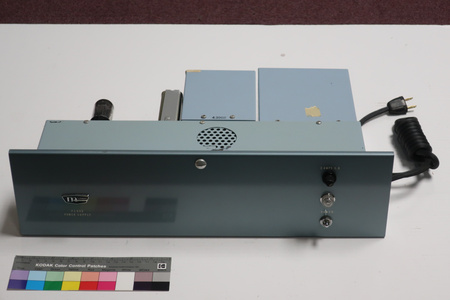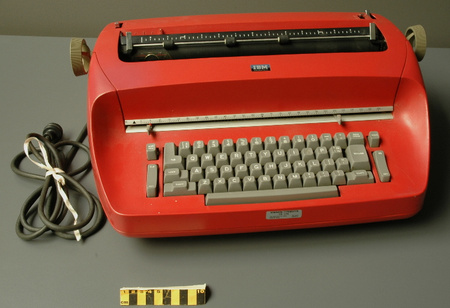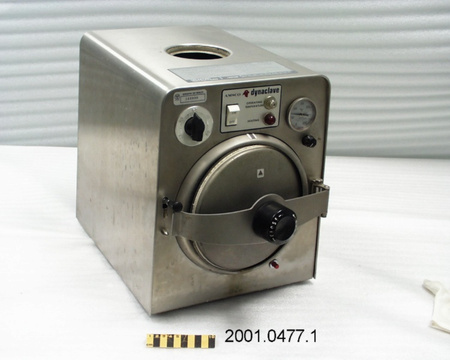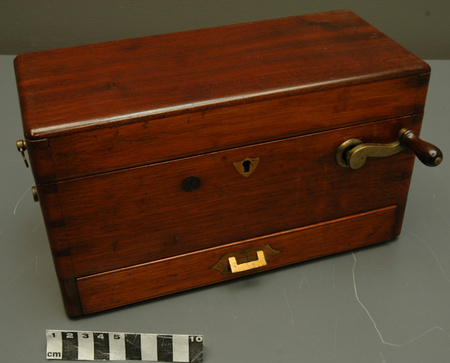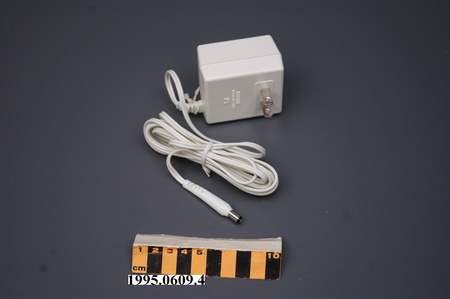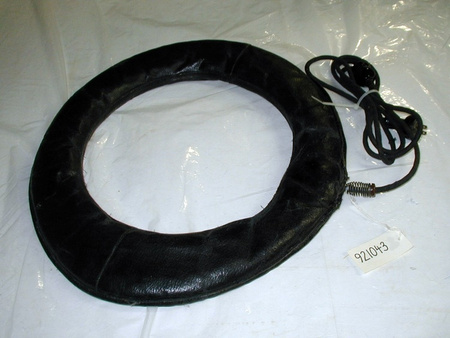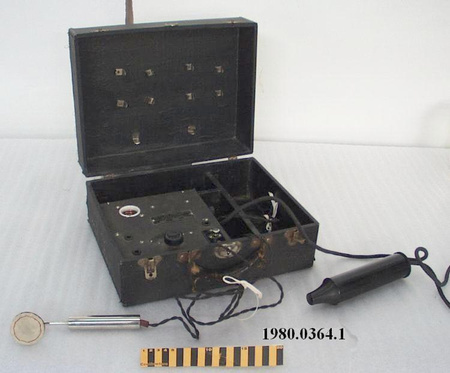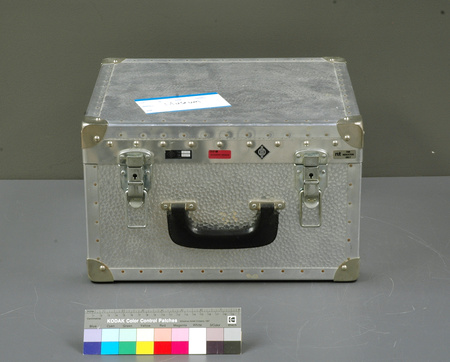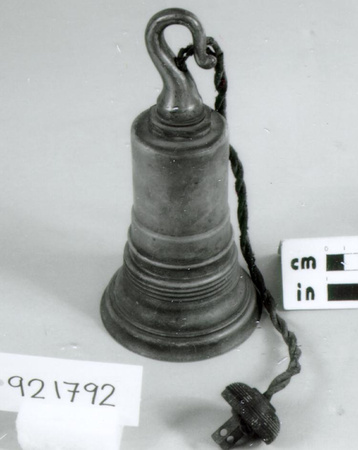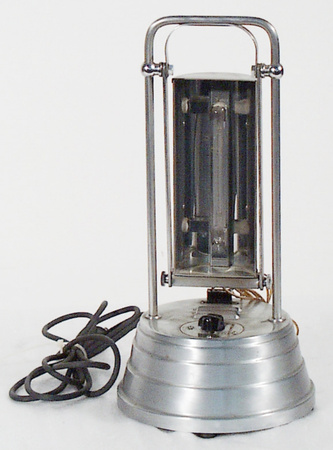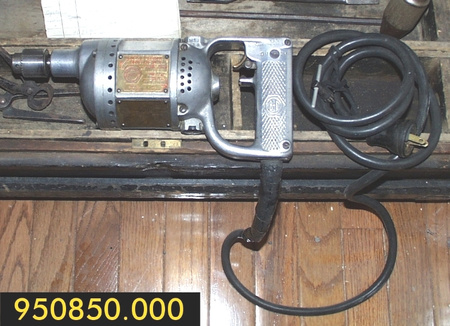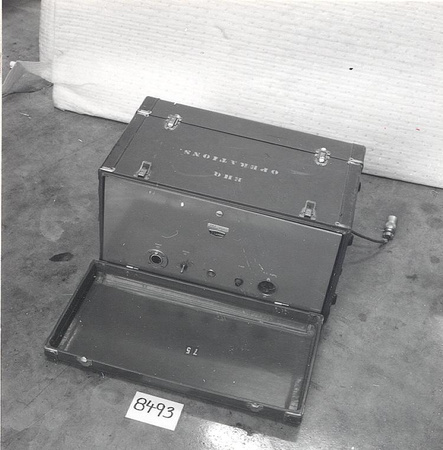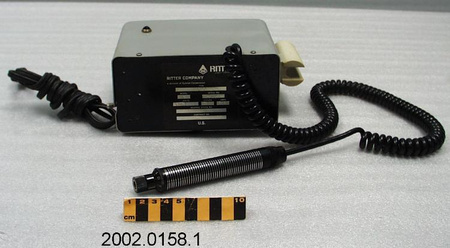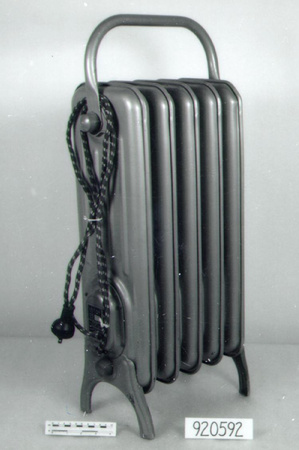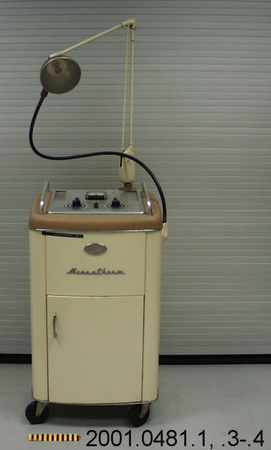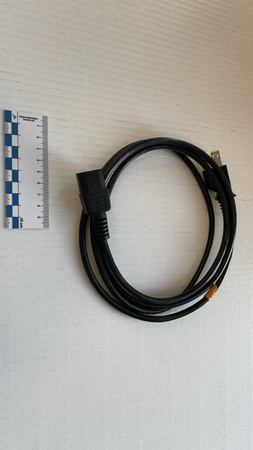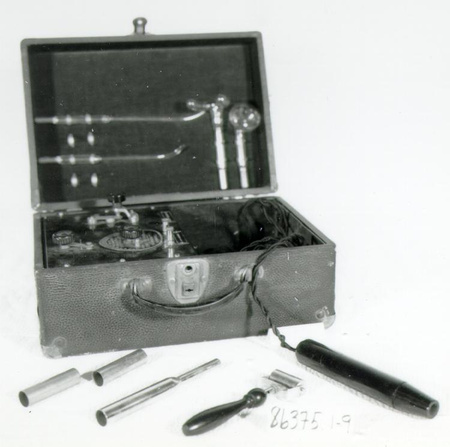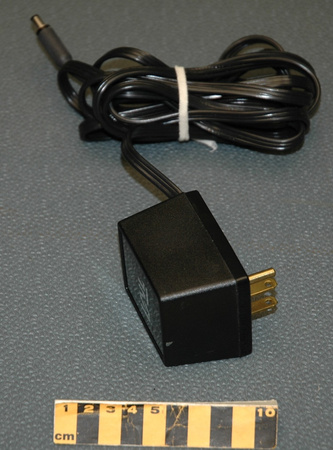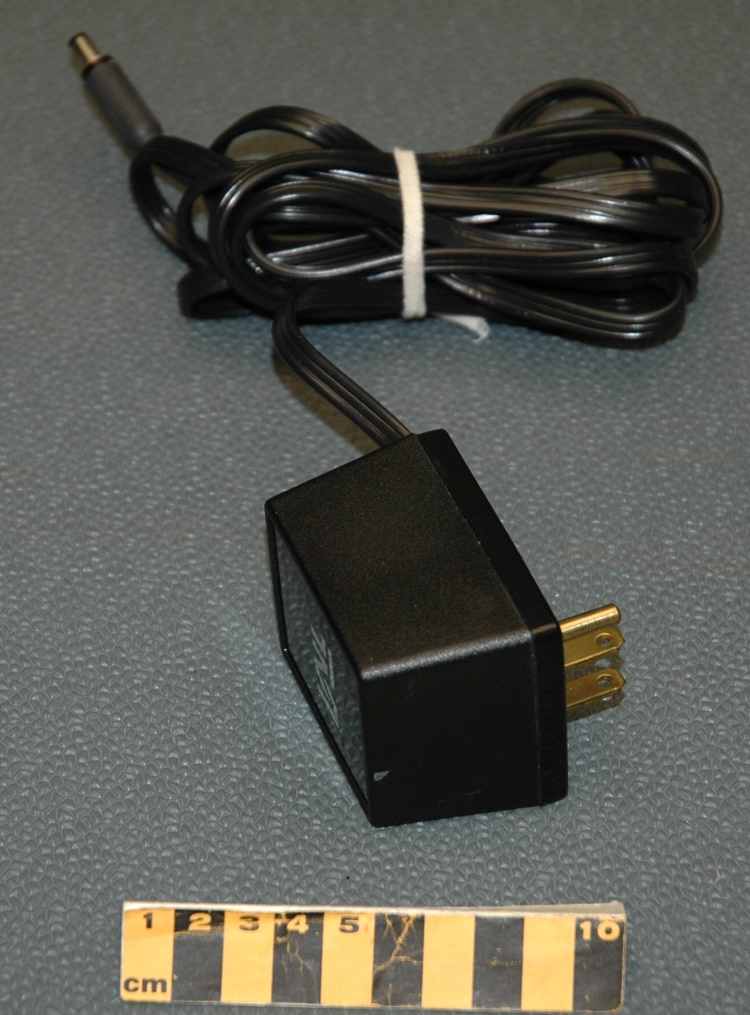Adapter
Use this image
Can I reuse this image without permission? Yes
Object images on the Ingenium Collection’s portal have the following Creative Commons license:
Copyright Ingenium / CC BY-NC-ND (Attribution-NonCommercial 4.0 International (CC BY-NC 4.0)
ATTRIBUTE THIS IMAGE
Ingenium,
2002.0495.003
Permalink:
Ingenium is releasing this image under the Creative Commons licensing framework, and encourages downloading and reuse for non-commercial purposes. Please acknowledge Ingenium and cite the artifact number.
DOWNLOAD IMAGEPURCHASE THIS IMAGE
This image is free for non-commercial use.
For commercial use, please consult our Reproduction Fees and contact us to purchase the image.
- OBJECT TYPE
- N/A
- DATE
- Unknown
- ARTIFACT NUMBER
- 2002.0495.003
- MANUFACTURER
- E.D.S.
- MODEL
- 2340
- LOCATION
- Unknown
More Information
General Information
- Serial #
- N/A
- Part Number
- 3
- Total Parts
- 3
- AKA
- N/A
- Patents
- N/A
- General Description
- synthetic & metal materials of construction.
Dimensions
Note: These reflect the general size for storage and are not necessarily representative of the object's true dimensions.
- Length
- 24.0 cm
- Width
- 15.0 cm
- Height
- 6.8 cm
- Thickness
- N/A
- Weight
- N/A
- Diameter
- N/A
- Volume
- N/A
Lexicon
- Group
- Medical Technology
- Category
- Medical equipment
- Sub-Category
- N/A
Manufacturer
- AKA
- EDS
- Country
- Unknown
- State/Province
- Unknown
- City
- Unknown
Context
- Country
- Unknown
- State/Province
- Unknown
- Period
- Possibly new/unused.
- Canada
-
This example was built in 1982 and was among the first lot of elbow devices built for sale. Between 1982 and 1987 approx. 800 of these machines were put into use worldwide. The concept of continuous passive motion [CPM], and design of CPM devices, was championed by Dr. Robert Salter, an orthopaedic surgeon at the Hospital for Sick Children and professor and head of orthopaedic surgery at the University of Toronto. One of 5 CPM devices donated to the History of Medicine Museum, Toronto by Toronto Medical Corp., Scarborough, Ont. in May 1987. - Function
-
Unknown - Technical
-
Based on the hypothesis that continuous passive motion would stimulate the healing and regeneration of articular cartilage through differentiation of pluripotential mesenchymal cells. CPM devices promote patient comfort, by improving circulation and encouraging wound healing, and preventing excessive post-operative swelling. This version can be battery operated, or run off the main electrical supply. - Area Notes
-
Unknown
Details
- Markings
- "TM" and "E.D.S." marked in silver on plug head casing. "B 128" cast in raised print, also on casing. Silver label applied to plug head casing reads " POWER SUPPLY MODEL 2340/ UPPER LIMB/ A1/ PRI. 120V 60HZ 8W/ SEC. 9V DC @ 2W/ LR53135/ 66L6/ [CSA logo]/ RISK CLASS 2G/ STD. C22.2 NO. 125/ [UL logo]/ LISTED/ CAUTION: INDOOR USE ONLY". "18/3 SPT-1 SX-5 100 [degrees symbol] C GREEN CONDUCTOR FOR GROUNDING ONLY" impressed at regular, repeating intervals along length of cord covering.
- Missing
- None.
- Finish
- Black synthetic casing and covering on electrical cord.
- Decoration
- N/A
CITE THIS OBJECT
If you choose to share our information about this collection object, please cite:
E.D.S., Adapter, Unknown Date, Artifact no. 2002.0495, Ingenium – Canada’s Museums of Science and Innovation, http://collection.ingenium.ca/en/item/2002.0495.003/
FEEDBACK
Submit a question or comment about this artifact.
More Like This
